The Tagalog people are one of the largest ethnolinguistic groups in the Philippines, numbering around 30 million. They are native to the Metro Manila and
Read more
Mythology and beliefs from the various cultures of the Philippines. Please use the menu or search function to search for a specific ethnolinguistic group or deity.

The Tagalog people are one of the largest ethnolinguistic groups in the Philippines, numbering around 30 million. They are native to the Metro Manila and
Read more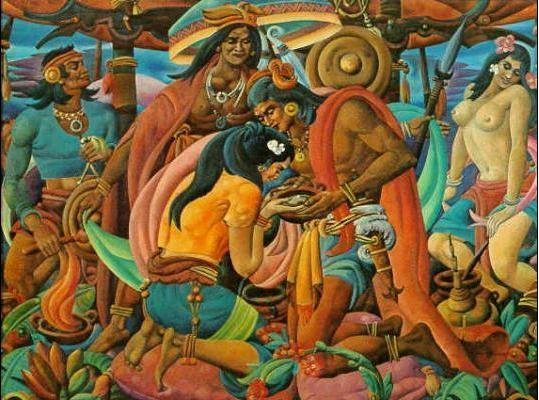
The Tagalog people are one of the largest ethnolinguistic groups in the Philippines, numbering around 30 million. They are native to the Metro Manila and
Read more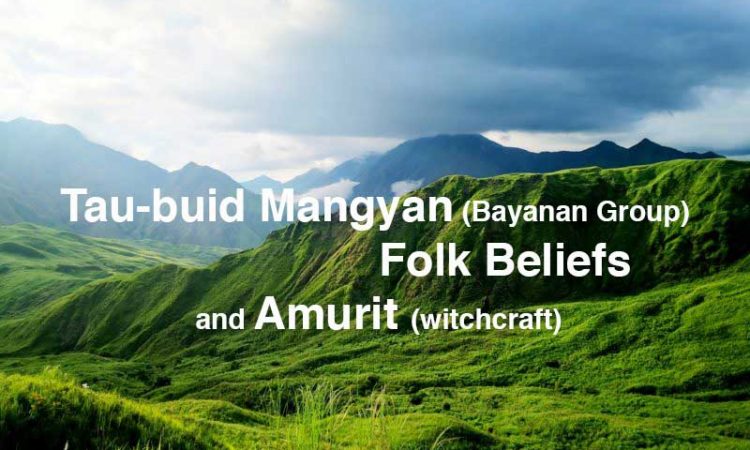
Called Batangan by lowlanders, the Tau-buid live in the interior forests of Mindoro north of the Buhid groups. They are a subgroup of the general Mangyan culture, living in settlements of
Read more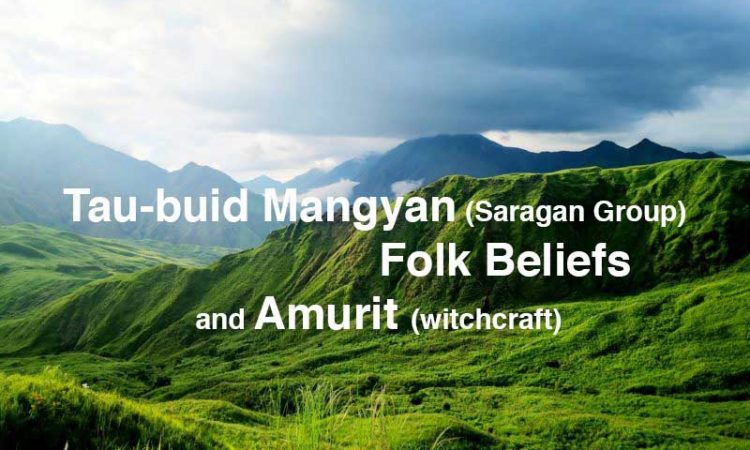
Called Batangan by lowlanders, the Tau-buid live in the interior forests of Mindoro north of the Buhid groups. They are a subgroup of the general Mangyan
Read more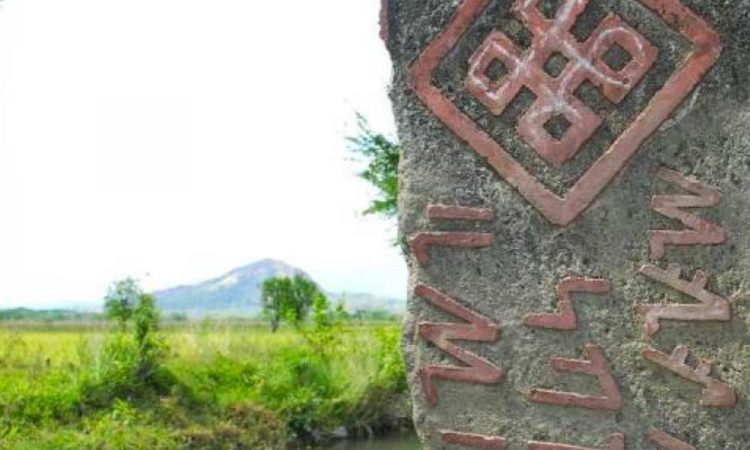
The name behind Buhid Mangyan represents the dualistic identity of the group. Mangyan means “People” in their colloquial language. It is a collective term used
Read more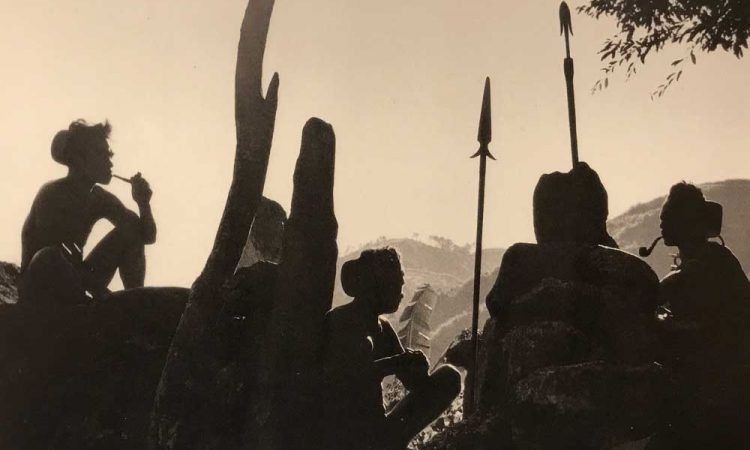
The pechen is a ritualized oral contract between two villages with the purpose of establishing peaceful relations. It is a contract held in safekeeping by a particular ato/ator of
Read more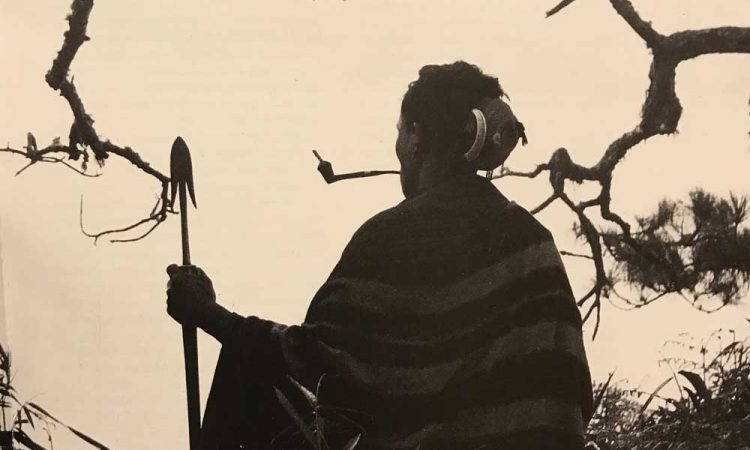
THE BONTOC (or Bontok) ethnolinguistic group can be found in the central and eastern portions of Mountain Province, in the Philippines. Although some Bontocs of
Read more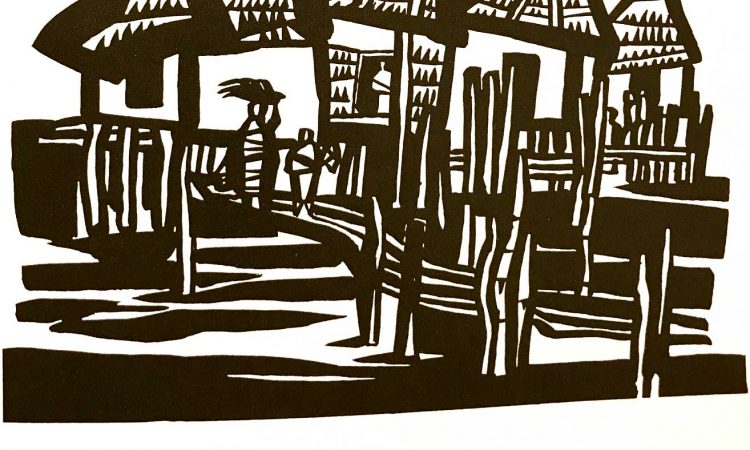
MAGNINDAN / MAGINDANG was, in Bicolano Mythology, the protector of fisherfolk. The below myth involved this revered deity and is meant to explain the name
Read more
MOUNT ARAYAT is a potentially active stratovolcano located in the province of Pampanga on the island of Luzon, Philippines. Popular folklore has stated this mountain
Read more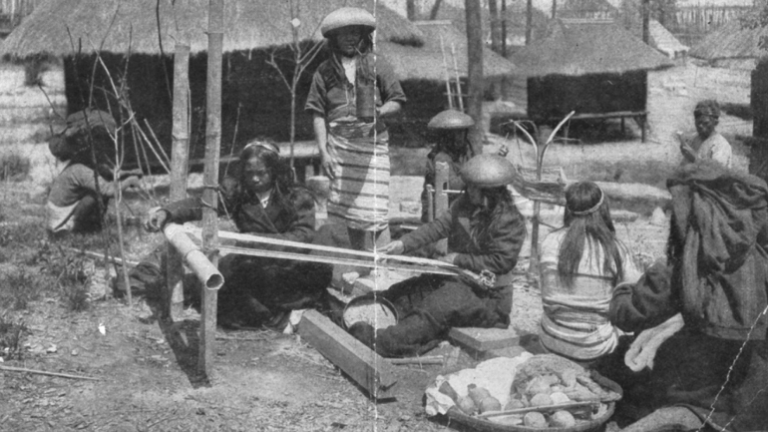
The Southern Kankana-ey ethnolinguistic group includes the majority of inhabitants of southern Mountain Province in the municipalities of Tadian, Bauko and Sabangan, and the municipalities
Read more
